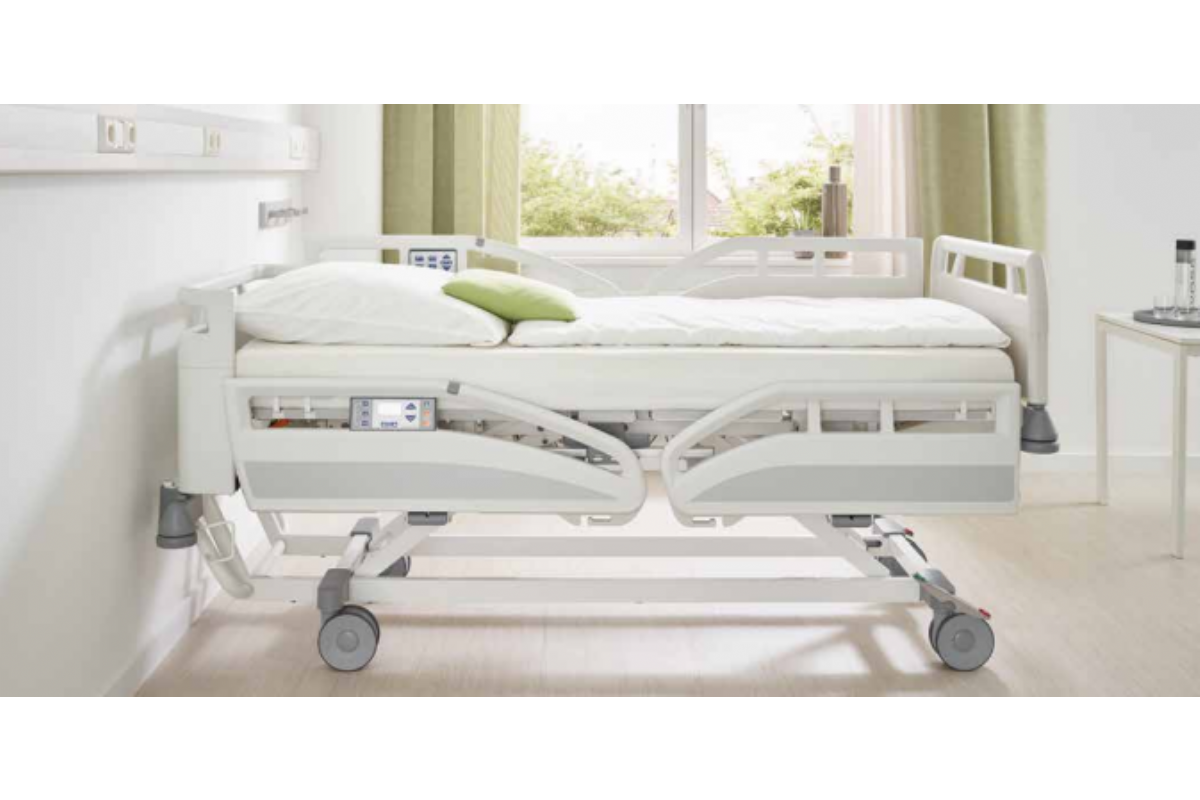Navigating Budget Constraints: Investing in High-Quality Medical Equipment
In today’s rapidly evolving healthcare landscape, hospitals face the dual challenges of providing high-quality patient care while adhering to strict budget constraints. As financial pressures mount, decision-makers are tasked with making purchasing decisions that must align with both quality, cost-effectiveness and relaible well beyond their time within the organisation.
The Importance of Quality Over Price
When it comes to medical equipment, particularly hospital beds, opting for the lowest-priced option can often lead to higher long-term costs due to maintenance, replacement, and patient care quality issues. Quality equipment is an investment in patient safety and staff satisfaction that pays dividends over time.
We are proud to partner with Stiegelmeyer, a leading manufacturer from Europe specialising in the design and engineering of hospital beds. Stiegelmeyer has taken a proactive approach by designing and rigorously testing their beds to meet the complex needs of modern healthcare environments. Their beds are not just pieces of equipment; they represent a long-term partnership between hospital organisations, patients, and staff.
Understanding Hospital Needs: A Future-Ready Solution
We recognise, that today’s hospitals require solutions that are not only of high-quality, but also adaptable to the future. Our innovative solutions streamline workflows, significantly minimising the operational burden on clinical health staff when managing their equipment fleet. This immediate access to information supports effective occupancy management, including bed availability, cleanliness assessments, defect reporting, equipment tracking, and maintenance status updates.
A Commitment to Testing and Reliability
Stiegelmeyer's commitment to quality goes beyond design; each bed undergoes extensive testing to ensure it meets rigorous safety and durability standards. This thorough testing process means that hospitals can confidently invest in beds that are built to last. The result? Reduced downtime for repairs and replacements, less frequent need for procurement cycles, and ultimately, a cost-effective solution that supports both patients and nursing staff alike.
Making Cost-Effective Decisions: Best Practices
To navigate budget constraints effectively, hospitals can adopt several best practices when investing in medical equipment:
-
Evaluate Long-Term Costs: Look beyond the initial purchase price. Assess potential maintenance costs, durability, and the equipment's ability to adapt to future healthcare trends and that prioritise quality, rigorous testing, and long-term reliability. This can reduce future costs associated with repairs and replacements.
-
Involve End-Users in the Decision-Making Process: Engage nursing staff and other healthcare professionals in the selection process. Their insights into everyday needs and challenges can help ensure that the equipment chosen truly serves its purpose.
-
Keep Future Growth in Mind: Opt for equipment that not only meets your current needs but can also adapt to future healthcare demands and technological advancements.
Conclusion: Quality as an Investment in Care
Navigating budget constraints in healthcare doesn't have to mean compromising on the quality of medical equipment. By strategically investing in high-quality Stiegelmeyer beds, hospitals can ensure they are not only meeting immediate needs, but also supporting long-term operational goals.
In a world where patient care continually evolves, staying ahead with the right equipment is not just a savvy financial decision—it's a commitment to sustaining high standards of care for patients and fostering a more effective working environment for medical staff. Investing wisely today can help hospitals thrive in the ever-changing landscape of healthcare tomorrow.

